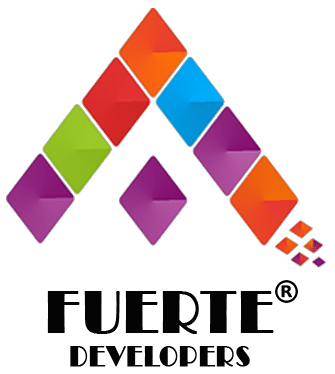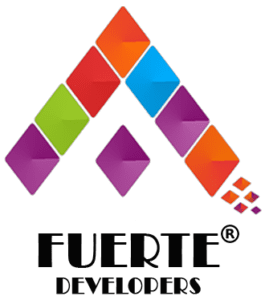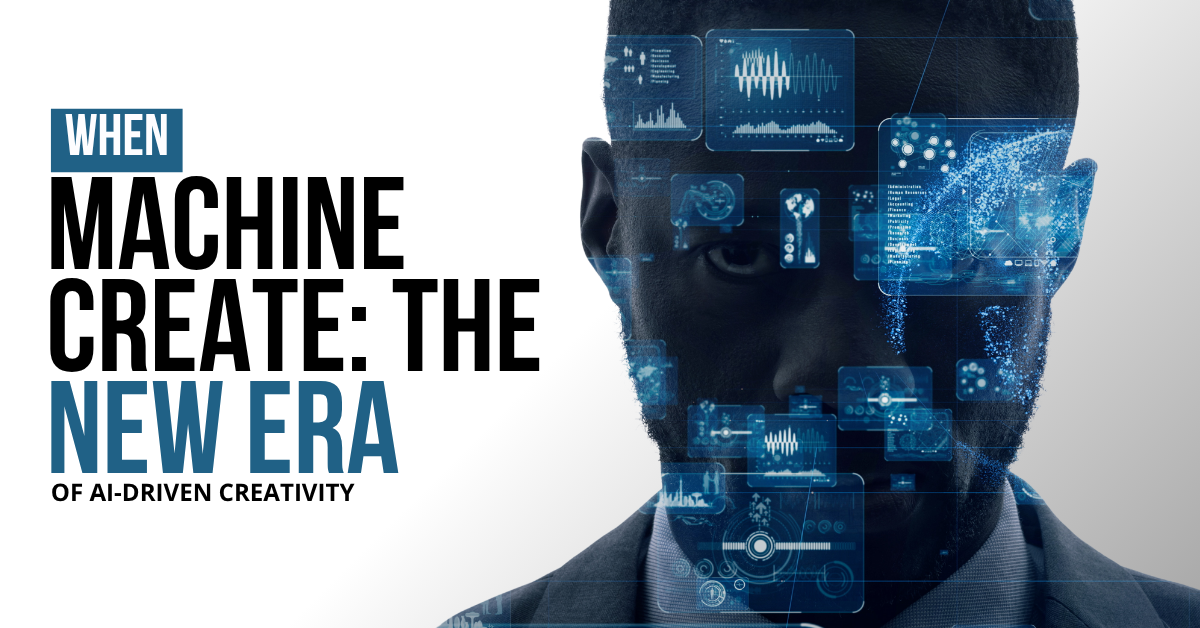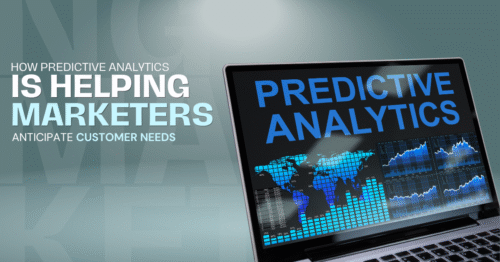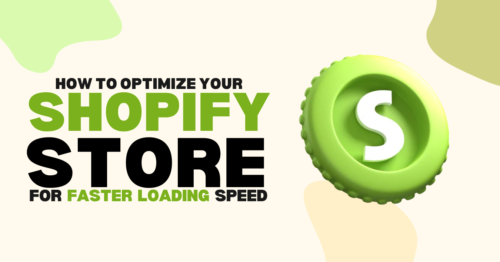Understanding the Intersection of Artificial Intelligence and Creativity
In today’s dynamic landscape, artificial intelligence (AI) has advanced from performing simple tasks to redefining the essence of creativity. Generative AI is now capable of composing music, designing architectural marvels, crafting literature, and generating visual art. This evolution represents not just a technological leap but a transformative shift in how we interpret and produce creativity. As we explore this frontier, we must ask: what happens when machines become co-creators?
The Evolution of Generative AI in Creative Industries
Generative AI refers to machine learning models that generate new content based on the data they’ve been trained on. Tools like OpenAI’s GPT, Google’s MusicLM, and DALL·E are central to this shift. These technologies go beyond imitation — they create content that blurs the lines between human thought and algorithmic output.
Large Language Models (LLMs) like GPT-4 are trained on vast datasets, allowing them to understand language, context, and nuance. They produce prose, poetry, and even code that mirrors human expression. Visual counterparts like DALL·E translate textual prompts into visually coherent images with extraordinary accuracy. This ability to abstract, synthesize, and generate unique content marks the dawn of machine-powered imagination.
Can Machines Truly Be Creative?
The philosophical question persists: can AI truly be creative, or is it just an illusion of originality?
Creativity has long been linked to emotion, intuition, and human experience. Artists, musicians, and writers often draw from personal struggles, culture, and emotion. AI, however, lacks consciousness. It cannot feel pain, joy, or nostalgia. What it does instead is identify patterns, predict outputs, and generate content based on probabilities and learned data.
Despite this, AI-generated outputs are often innovative and awe-inspiring. It can produce new styles, blend genres, and challenge artistic norms in ways that sometimes surpass human boundaries. Creativity, then, may no longer be confined to human emotion but expanded through computational ingenuity.
AI as a Creative Collaborator, Not a Competitor
Rather than replacing human creativity, AI acts as a catalyst. It provides tools that allow creators to amplify their visions, test uncharted ideas, and accelerate innovation.
- Writers use AI to overcome writer’s block and brainstorm plots.
- Musicians leverage AI to compose melodies and generate harmonies.
- Visual artists use generative models to explore styles and create complex visual pieces.
- Architects and designers utilize AI for prototyping and modeling futuristic concepts.
This symbiosis leads to a collaborative model of creation, where humans provide context, emotion, and direction, while AI enhances efficiency, experimentation, and scale.
Democratizing Creativity Through AI
Perhaps one of the most revolutionary impacts of AI is democratization. Previously, creating music, art, or writing required formal training or expensive tools. Now, anyone with access to AI tools can generate professional-grade creative content.
This technological shift breaks barriers for marginalized voices and gives rise to a more inclusive creative ecosystem. Tools like AIVA (AI music composer) or Canva’s AI design tools empower users to express ideas without traditional skillsets.
As access expands, creativity becomes a universal right rather than an elite privilege. It opens doors to untapped talent and encourages diverse contributions from around the globe.
The Challenges and Ethical Dilemmas of AI-Generated Content
Despite its promise, AI-driven creativity raises complex ethical and practical issues.
1. Authorship and Intellectual Property
Who owns an artwork created by AI? Is it the developer, the user, or the machine itself? Copyright laws worldwide struggle to define authorship in the AI era. This legal gray area could lead to disputes over ownership, compensation, and misuse.
2. Originality and Repetition
Generative models learn from existing data, which means there’s always a risk of inadvertent plagiarism or stylistic mimicry. Art and content generated may unintentionally replicate styles or concepts without acknowledgment. As a result, AI outputs might saturate the market with derivative work, challenging the uniqueness of genuine human innovation.
3. Job Displacement in Creative Fields
As AI tools become more efficient and cost-effective, companies might prefer algorithmic content creation over hiring creatives. From advertising copy to digital art, entire segments of the creative workforce may face disruption.
Striking a balance where AI enhances rather than replaces human talent is essential. Organizations and creators must define frameworks where humans remain the core storytellers, with AI serving as a supporting tool.
The Future of AI and Human Co-Creation
Looking ahead, the trajectory of AI-human creative collaboration is filled with potential.
1. New Creative Mediums
AI will continue to push into new creative frontiers such as interactive storytelling, immersive VR art, and adaptive music. Artists will co-create with machines to produce multi-dimensional, personalized experiences that were previously unimaginable.
2. Education and Skill Enhancement
Creative education will adapt to include AI literacy. Students in arts and humanities will learn to leverage AI as part of their creative process, merging traditional techniques with digital innovation.
3. Curation Over Creation
In a world of abundant AI-generated content, the human role may shift from creator to curator and storyteller. We will shape narratives by choosing, refining, and contextualizing the best of what AI can produce.
4. Emotional Integration
Future advancements in affective computing might enable machines to better understand human emotion and sentiment. While true consciousness may remain elusive, AI could one day simulate emotional intelligence enough to create works that resonate deeply with audiences.
Conclusion: A Harmonious Future of Shared Creativity
The rise of generative AI marks a pivotal evolution in creativity, not a threat to it. While machines cannot replace the emotional depth and subjective experiences that define humanity, they can empower us to achieve greater creative heights. Together, AI and humans can transform how stories are told, music is composed, and visions are brought to life.
As we step into this collaborative era, we must embrace ethical responsibility, ensure inclusivity, and continuously explore the harmonious blend of man and machine. Creativity is no longer bound by human limitations—it is now fueled by a partnership that expands possibility.
